The Early Days
The history of the tube compressor dates back to the early days of audio engineering in the 1930s and 1940s. Along with the development of recording techniques and technology, there was a new need for consistent audio levels.
Some Key Milestones:
- 1937 - Western Electric developed the first known compressor, the 110A, using tube technology.
- 1951 - RCA introduced the BA-6A, a tube compressor that became a studio staple.
The introduction of tube compressors was a major breakthrough in audio technology. These devices revolutionized the way sound engineers manage the dynamic range of audio signals.
How Tube Compressors Work
Tube Amplification: At the heart of a tube compressor is the vacuum tube, which amplifies the audio signal. By using vacuum tubes, tube compressors could smoothly and effectively compress audio, making the loud parts quieter and the quiet parts louder.
This innovation not only enhanced sound quality but also provided greater control and flexibility in audio production.
Gain Reduction: Tube compressors control the audio signal's gain by varying the tube's amplification factor, allowing for smooth and musical compression.
Comparison with Other Types of Compressors:
- VCA (Voltage Controlled Amplifier): Uses solid-state electronics for fast and precise control, often resulting in a cleaner, more transparent sound.
- FET (Field-Effect Transistor): Offers a more aggressive and punchy compression, suitable for dynamic tracks.
- Optical: Uses a light-dependent resistor and light source, providing a slower, more natural-sounding compression.
Popular Hardware Units
Several iconic tube compressors have left quite a mark on the audio industry. Here are some of the most renowned models:
Fairchild 670:
Known for its “luxurious” sound and extensive control options, it is frequently used on major recordings. Engineers especially love it on vocals and for mastering.
Universal Audio LA-2A:
Famous for its smooth, natural compression and ease of use. It is commonly used on vocals, bass, kick drum, and guitar tracks.
Manley Variable Mu:
Offers a versatile and musical compression with adjustable attack and release times. This one is widely used in both tracking and mastering applications.
These units are especially celebrated for their unique sonic characteristics, which have helped shape the sound of countless recordings.
Want to try one out today?
Here at Kiive, we have the new Tube-KC1 plugin available now! This plugin is designed to bring the classic warmth and smoothness of vintage tube compressors to your digital workstation.
Try the Tube-KC1 plugin today and hear the difference it can make in your mixes.
Conclusion
The tube compressor has played a vital role in shaping the sound of modern music. From its early days to its digital reincarnation, it continues to be a beloved tool for audio engineers and producers. Be sure to check out our blog for other audio educational resources!





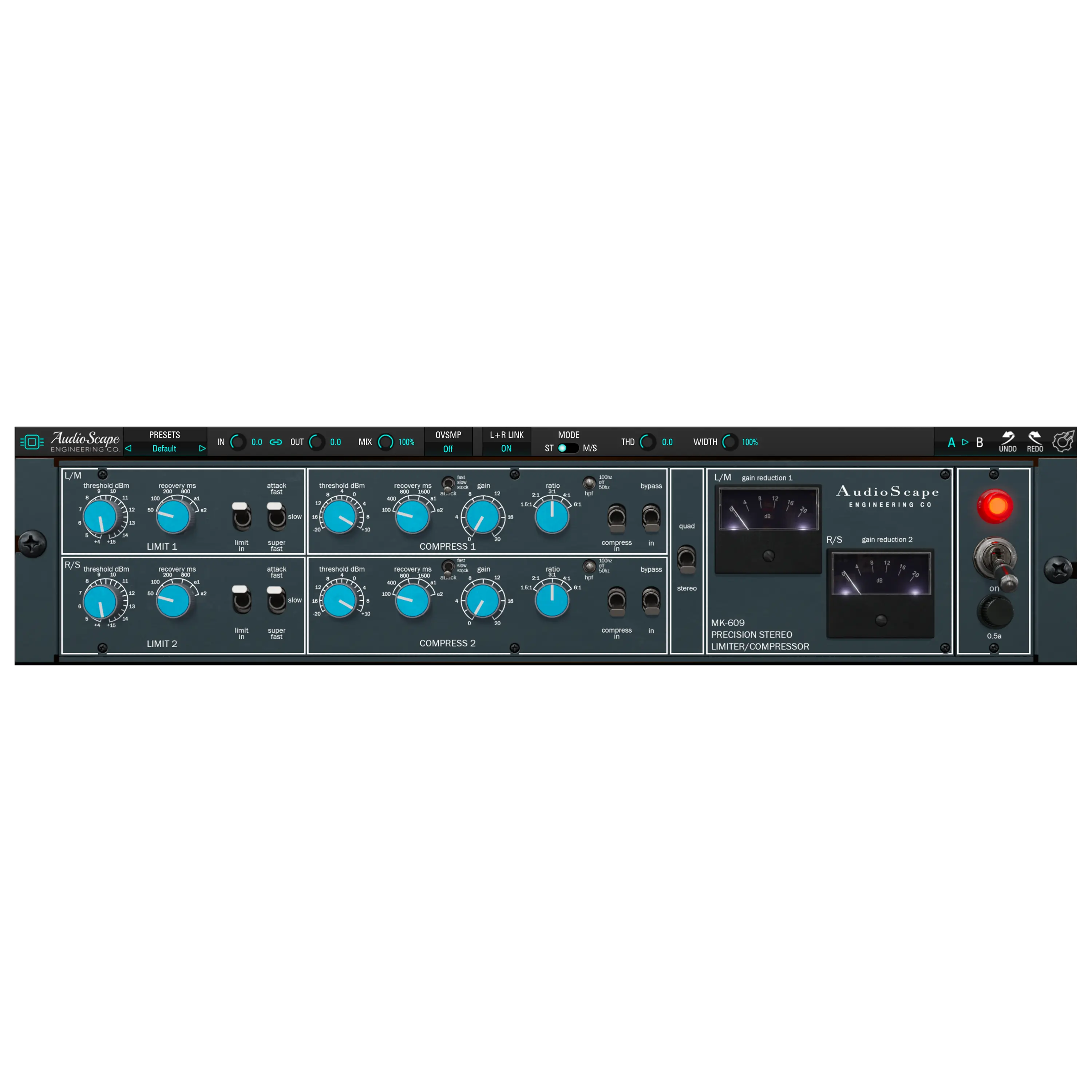
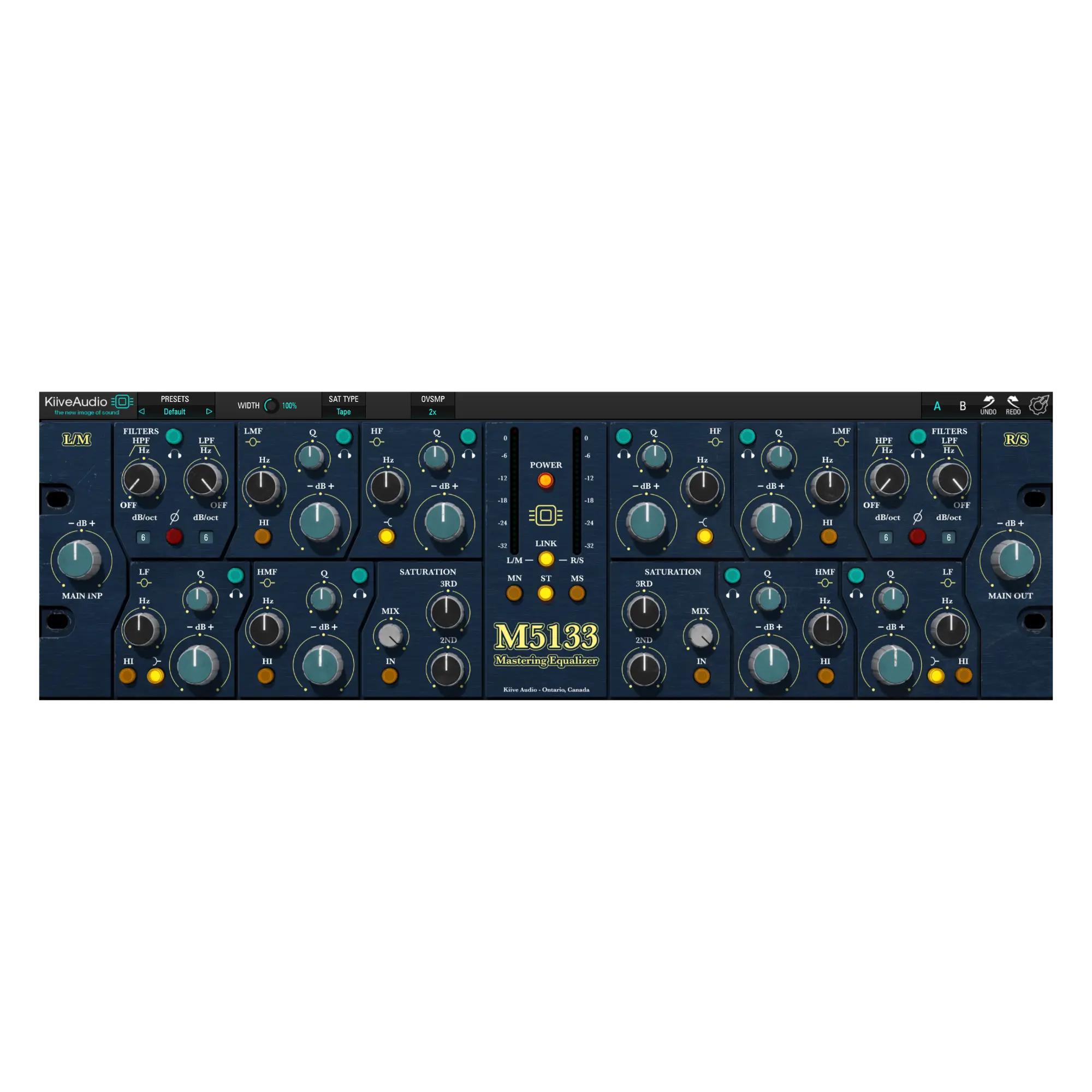
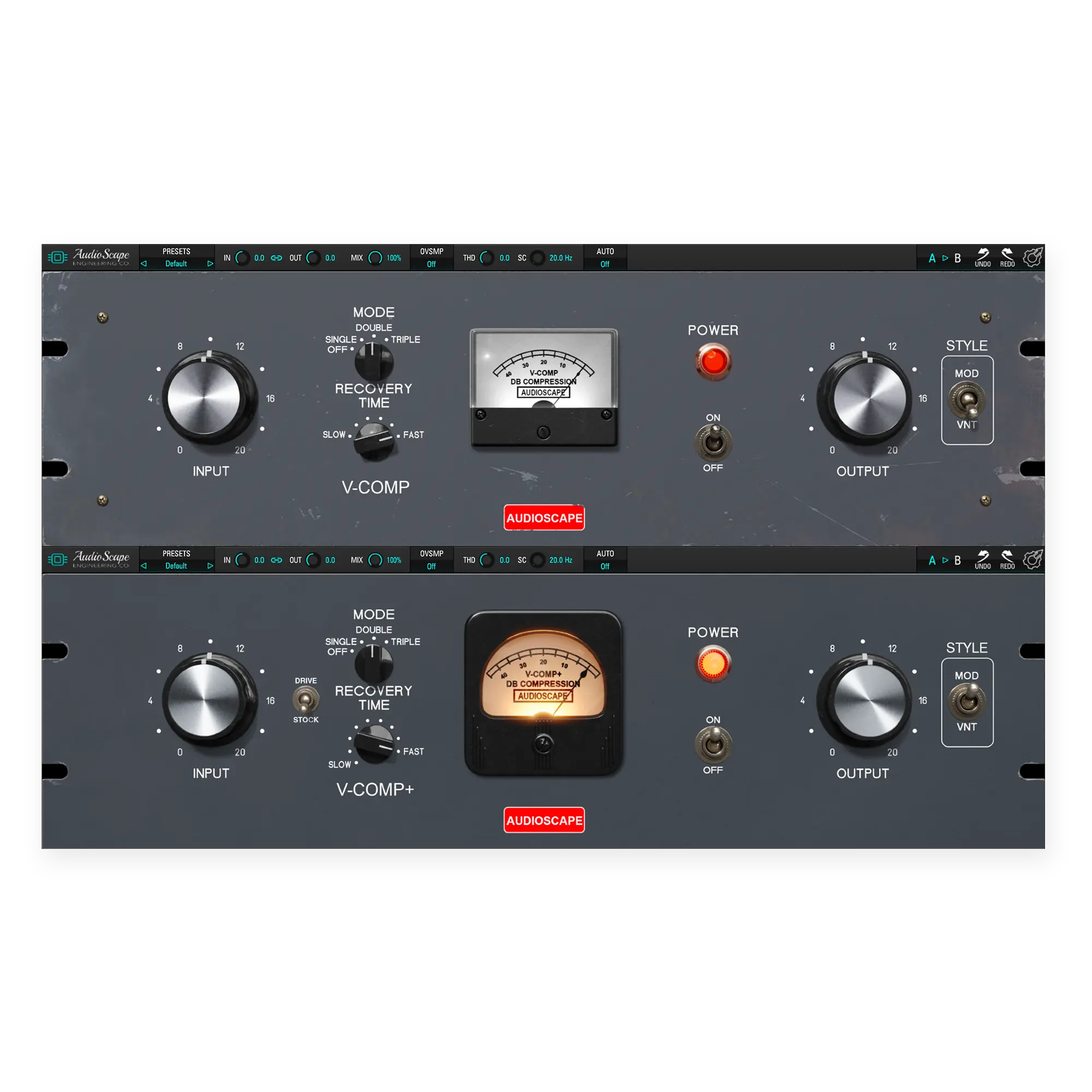
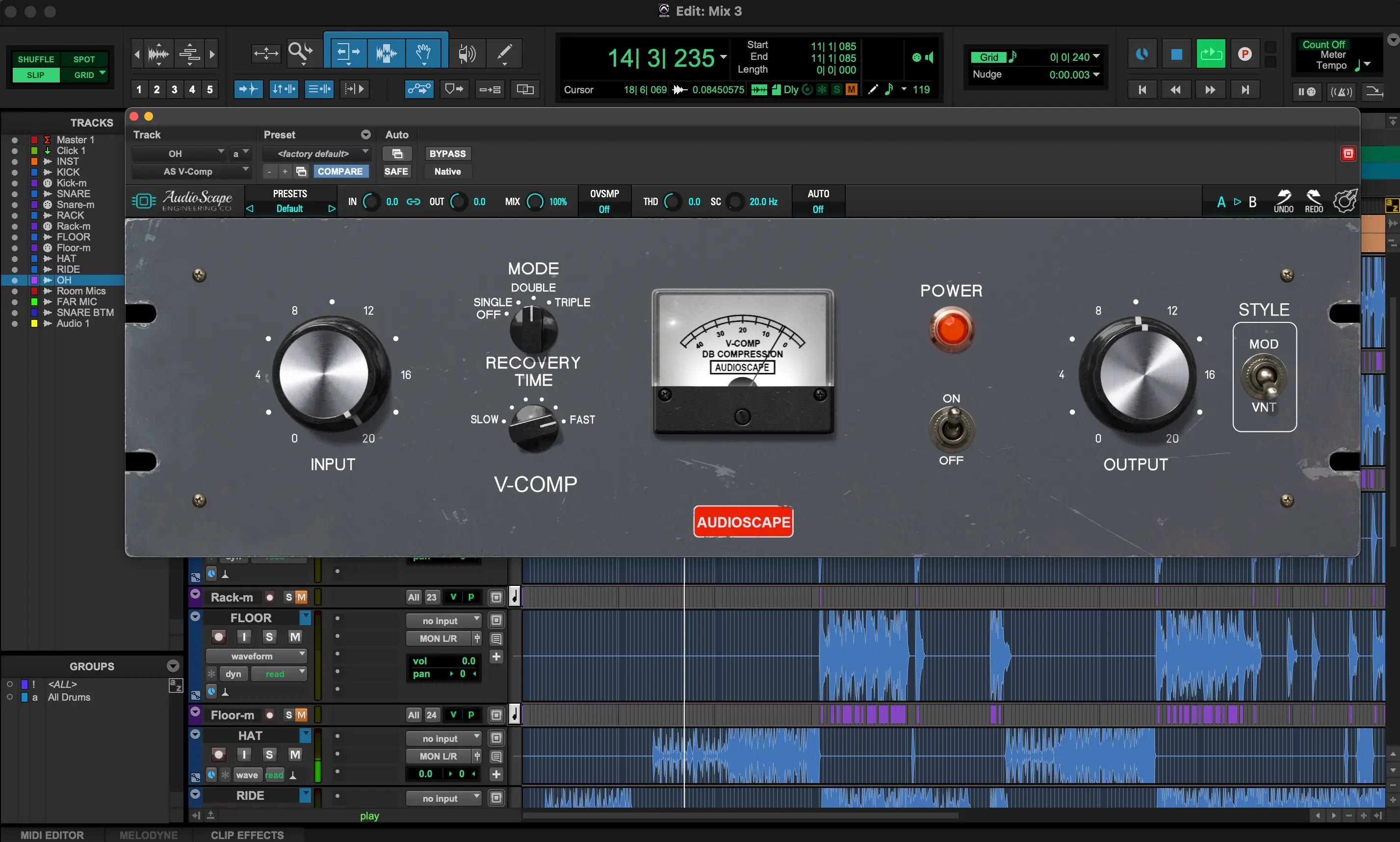
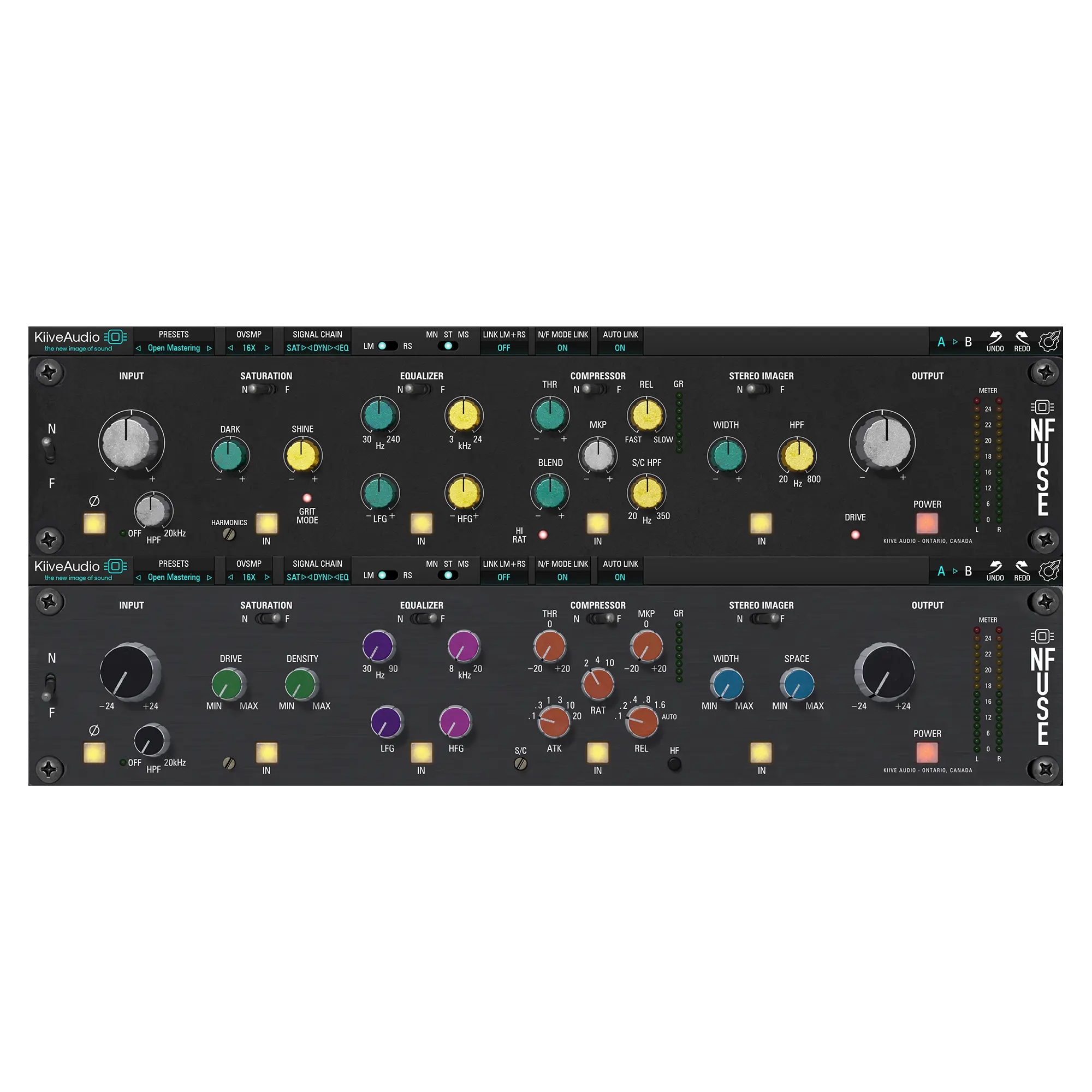
Leave a comment
All comments are moderated before being published.
This site is protected by hCaptcha and the hCaptcha Privacy Policy and Terms of Service apply.